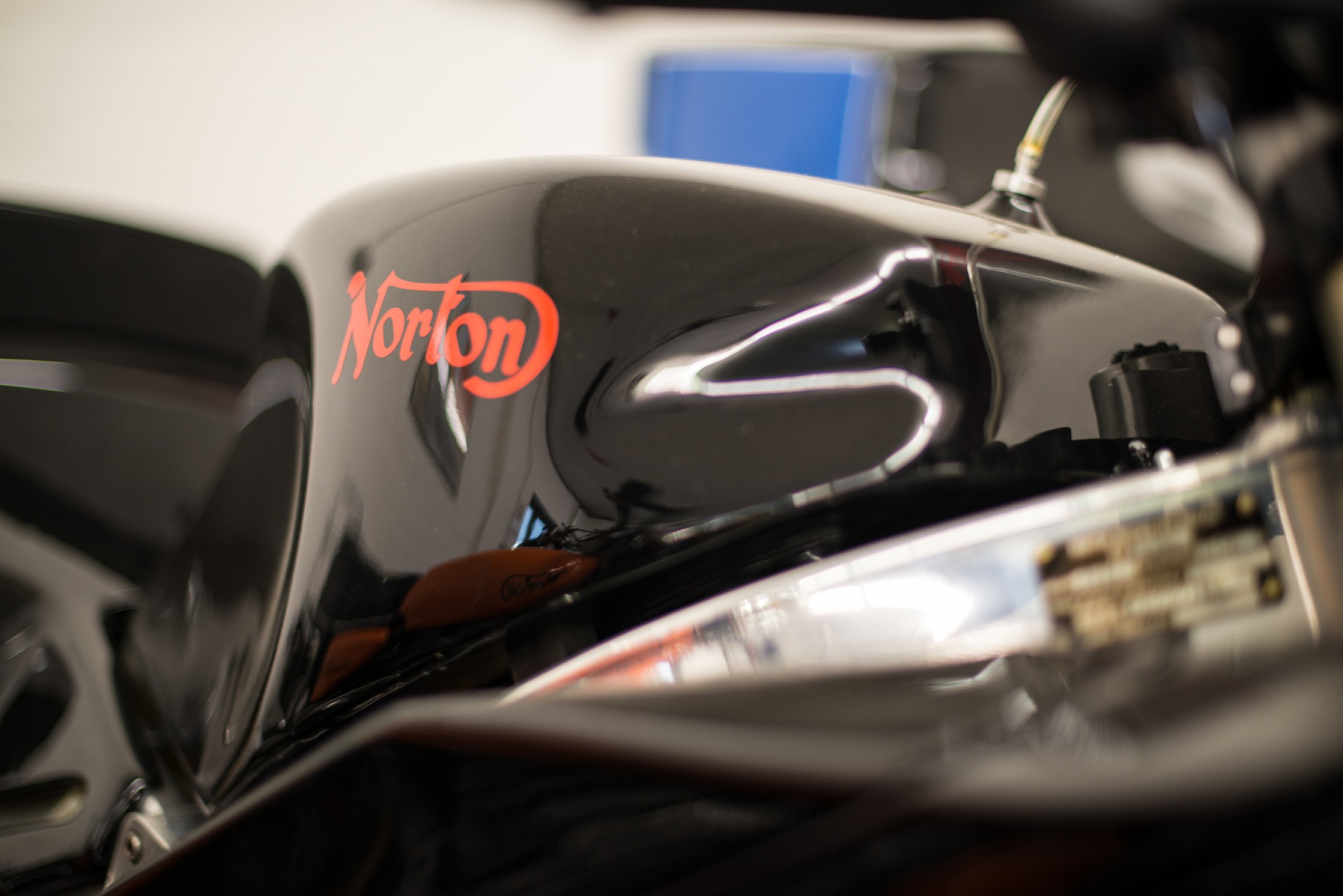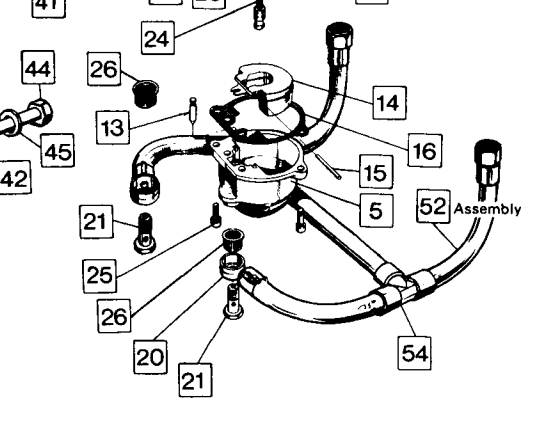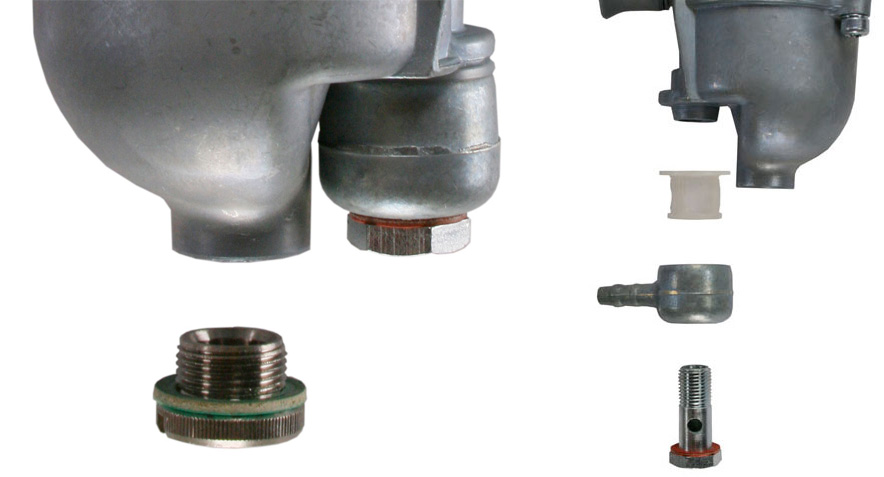- Joined
- Oct 5, 2022
- Messages
- 22
I'm getting seeping from the banjo bolt in my float bowls on the '71. I tried some hylomar and don't dare tighten the fittings any more.
Thinking about some dowty washers to fix this, but anyone have any more simple solutions?
Thinking about some dowty washers to fix this, but anyone have any more simple solutions?






